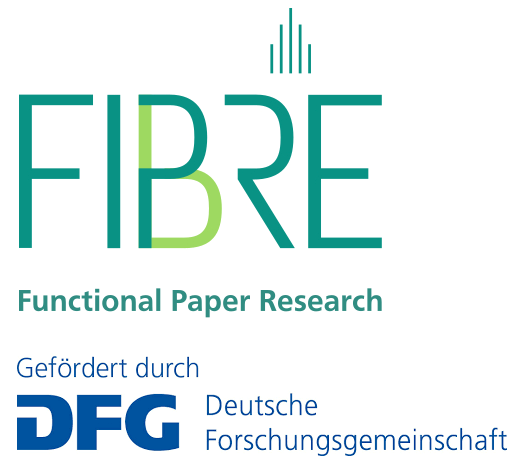Selectively designing interfaces in paper via fiber pre-functionalization and sol-gel chemistry
Rational design of cellulose fiber porous structure and its accessibility is a key parameter for tailored, complex, functional paper fabrication. Interestingly, the influence of fiber morphology and thus its nanoporosity on paper properties is usually neglected, although, this determines accessibility of e.g. recognition units on the fibers. As shown in recent studies, cellulose fiber nanoporosity is strongly influenced by the fiber pre-treatment and can hardly be stabilized or controlled. Known strategies for paper fabrication and functionalization are limited with respect to design of pore space. In addition, classically pore space cannot be designed independently from the paper fabrication process. But this is especially important for the fabrication of complex functional paper devices.
This is why the proposed project aims to specifically design especially nanopores in paper. These nanopores will be selectively functionalized. With this their influence on paper properties such as capillary fluid- and molecular transport will be systematically understood and controlled. Applying sol-gel chemistry for mesopore (nanopore) fabrication allows specific, in-situ mesopore functionalization during the mesopore preparation process using co-condensation. Together with cellulose fiber functionalization before paper fabrication this will enable rational design of structural and functional hierarchy allowing the systematic investigation of transport determining parameters such as pore charge and wettability controlling pore accessibility on paper properties. This needs in at first a systematic understanding of the mesopore formation on cellulose fibers.
In this context the proposed project will I) correlate the cellulose fiber characteristics (morphology, length, fiber wall thickness, …) to mesopore formation using sol-gel chemistry, II) prepare paper from pre-functionalized cellulose fibers with defined mesopore structure and functionalization and evaluate them with respect to mechanical stability and their application potential in dependence of functionalization, fiber composition and distribution and medium term with respect to fiber type. Results will be compared to postfunctionalized paper. With respect to potential future application capillary fluid transport will be used as model characterization because a strong reference data basis and theoretical models exist to benchmark the obtained materials.
In potential future funding periods the generated systematic understanding regarding rational design of functionalized nanoporous space in paper and its influence on paper properties is expected to allow rational design of multifunctional paper with spatiotemporally controlled properties for application in sensing or catalysis.





